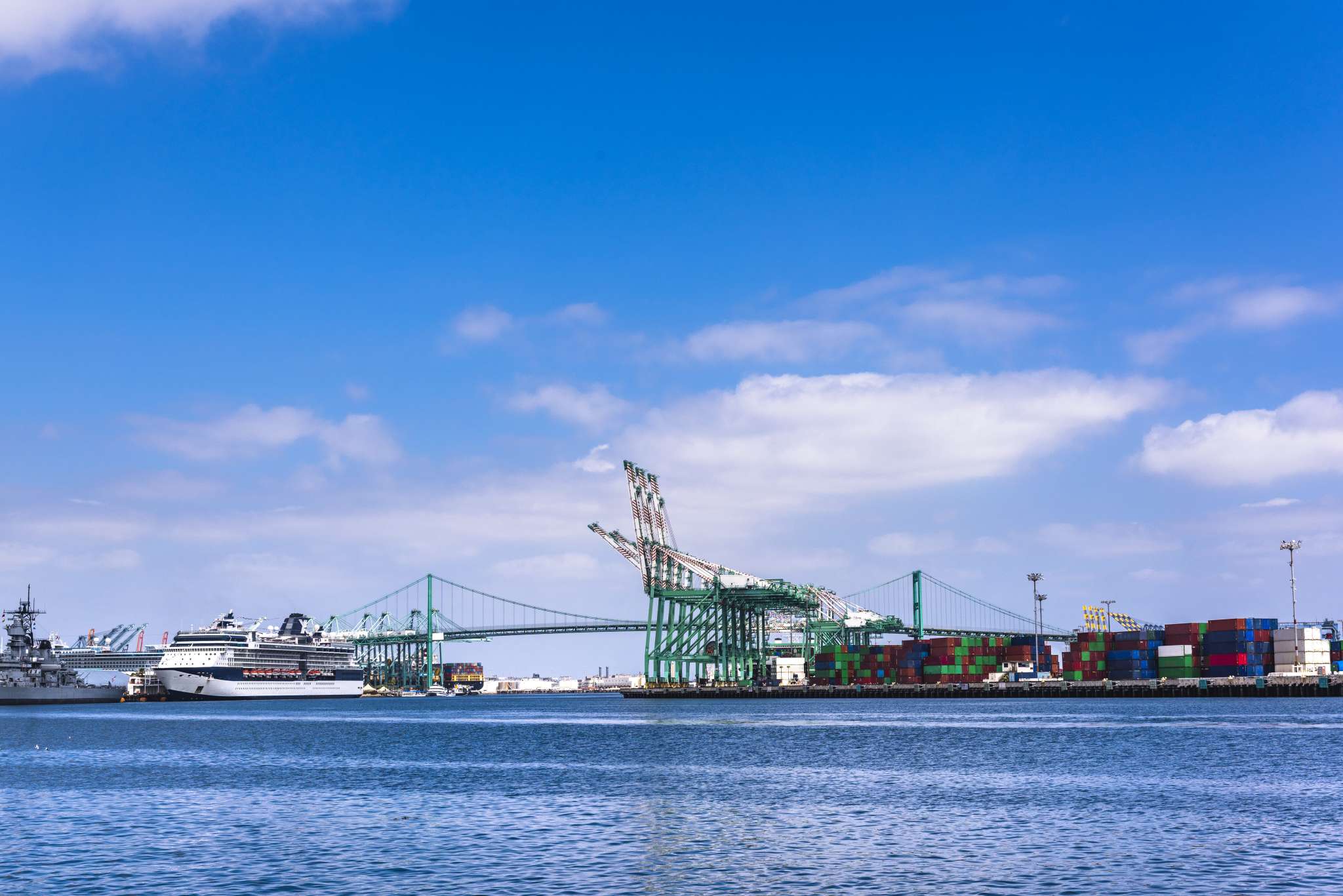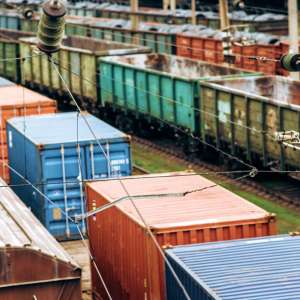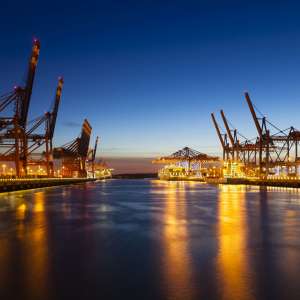Shipping from Indonesia to Long Beach Sea Port
The Comprehensive Guide
Latest update on 12 August, 2024 by Tim Tse– Marketing Analyst at FreightAmigo
In the realm of international trade and logistics, the journey of shipping goods from Indonesia to Long Beach, California, is a complex process. This guide delves into the intricacies of this shipping route, providing insights for both seasoned professionals and newcomers. By unraveling the shipping process nuances, mastering documentation, and understanding fundamentals, you will gain the knowledge needed for successful and streamlined operations. Explore the secrets to seamless shipping from Indonesia to Long Beach, ensuring informed decisions and optimized supply chain efficiency.
Want To Compare The Best Express, Air Freight, Sea Freight, Rail Freight & Trucking Rates So As To Have Better Control On Cost?
Understanding the Basics of Shipping from Indonesia to Long Beach
Before delving into the intricacies of the shipping process, it is crucial to grasp the fundamental concepts that underpin this endeavor. In this section, we will explore the foundational elements that shape the shipping landscape between Indonesia and Long Beach.
Modes of Transportation
- Sea Freight: This mode of transportation forms the backbone of the shipping process, with vast container vessels traversing the oceans, carrying a myriad of cargo from Indonesia to the shores of Long Beach.
- Air Freight: While sea freight dominates the shipping landscape, air freight offers a swifter alternative for time-sensitive or high-value shipments, albeit at a higher cost.
- Inland Transportation: Once the cargo reaches the Long Beach Sea Port, inland transportation modes, such as trucks and trains, take over to facilitate the final leg of the journey to the intended destination.
Shipping Terminology
- Bill of Lading (BOL): This crucial document serves as a contract between the shipper and the carrier, detailing the terms and conditions of the shipment.
- Incoterms: These internationally recognized trade terms define the responsibilities and risks associated with the transportation and delivery of goods.
- Free on Board (FOB): This term specifies the point at which the seller’s responsibility for the goods ends, and the buyer’s responsibility begins.
- Harmonized System (HS) Codes: These six-digit codes are used to classify goods for customs purposes and determine applicable tariffs and taxes.
Key Steps in the Shipping Process from Indonesia to Long Beach
- Selecting the Appropriate Shipping Method : The first step in the shipping process is to determine the most suitable shipping method for your cargo. This decision is influenced by factors such as the nature of the goods, urgency, cost considerations, and environmental impact. The primary options are sea freight, air freight, or a combination of both.
- Choosing the Right Logistics Partner : Partnering with a reliable and experienced logistics provider is paramount to ensuring a smooth and efficient shipping process. These professionals possess in-depth knowledge of the intricacies involved in shipping from Indonesia to Long Beach, including customs regulations, documentation requirements, and the most optimal routes.
- Packaging and Labeling : Proper packaging and labeling are essential to safeguard your cargo during the long journey from Indonesia to Long Beach. Adherence to international standards and regulations is crucial to prevent damage, ensure safe handling, and facilitate smooth clearance through customs.
- Documentation and Customs Clearance : Navigating the complex web of documentation and customs clearance requirements is a critical aspect of the shipping process. This step involves obtaining the necessary permits, licenses, and certificates, as well as accurately completing the required documentation, such as the Bill of Lading, Commercial Invoice, and Packing List.
- Transportation and Tracking : Once the cargo is ready for shipment, it embarks on its journey from Indonesia to Long Beach. During this stage, it is crucial to closely monitor the shipment’s progress and ensure timely delivery. Modern tracking systems and real-time updates from your logistics partner can provide invaluable visibility throughout the transit.
- Customs Clearance and Final Delivery : Upon arrival at the Long Beach Sea Port, the cargo must clear customs before it can proceed to its final destination. This process involves the submission of all required documentation, payment of applicable duties and taxes, and adherence to any additional regulations or inspections. Once cleared, the cargo can be transported to its intended recipient via inland transportation modes.
Documentation Required for Shipping from Indonesia to Long Beach
- Bill of Lading (BOL) : The Bill of Lading is a critical document that serves as a contract between the shipper and the carrier. It outlines the details of the shipment, including the parties involved, the nature and quantity of the goods, and the terms and conditions of transportation. This document is essential for claiming ownership of the cargo and facilitating its smooth transit.
- Commercial Invoice : The Commercial Invoice provides a detailed description of the goods being shipped, including their value, quantity, and classification. This document is crucial for customs clearance and the calculation of applicable duties and taxes. Accuracy in preparing the Commercial Invoice is paramount to avoid delays or penalties.
- Packing List : The Packing List is a comprehensive inventory of the contents within each package or container. It serves as a reference for both the shipper and the recipient, ensuring that all items are accounted for and facilitating the efficient handling and delivery of the cargo.
- Certificate of Origin : The Certificate of Origin is a document that verifies the country of origin of the goods being shipped. This document is often required for customs clearance and to determine the applicable tariffs and trade agreements.
- Additional Permits and Licenses : Depending on the nature of the goods being shipped, additional permits and licenses may be required. For example, certain products may require phytosanitary certificates, export licenses, or other specialized documentation. It is crucial to consult with your logistics partner to ensure compliance with all relevant regulations.
Conclusion
Navigating the complexities of shipping from Indonesia to Long Beach can be challenging, but with the right knowledge and support, it becomes a streamlined process. Throughout this guide, we’ve covered essential concepts, steps, and documentation for success.
Understanding transportation modes, industry terms, and shipping intricacies empowers informed decisions and supply chain optimization. Partnering with a reliable logistics provider and meticulous documentation preparation can mitigate risks and ensure regulatory compliance.
The shipping industry evolves continuously with technology and regulations. Adapting to best practices is key for competitiveness and smooth operations. Visit FreightAmigo.com to learn more. Success in this shipping route requires meticulous planning, attention to detail, and adaptability. Armed with this guide’s insights, embark confidently for timely cargo delivery.
If You’re Looking To Ship From Indonesia to Long Beach Sea Port, Please Go To The FreightAmigo Page For Inquiries
Read more:
A Comprehensive Guide to Shipping from Zhuhai to US | FreightAmigo
A Comprehensive Guide to Shipping From Wuhan To US | FreightAmigo
A Comprehensive Guide To Freight From Beijing To US | FreightAmigo
If you have any inquiries on logistics / supply chain, feel free to contact FreightAmigo now:
Chat with us online | Hotline: +852 28121686 | WhatsApp: +852 27467829










































